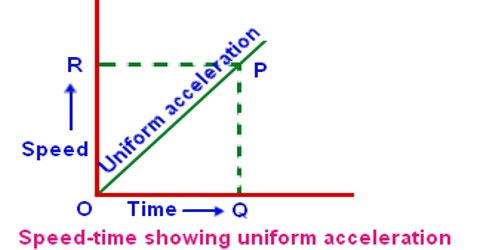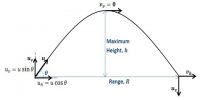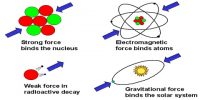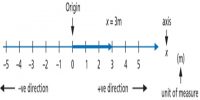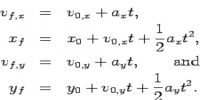Uniform acceleration: If the acceleration always remains constant, then that acceleration is called uniform acceleration.
The acceleration of a freely falling body due to the action of gravitation is uniform acceleration. Equal force acts on a body of uniform acceleration. Both the magnitude and direction of uniform acceleration remain constant. So, uniform acceleration occurs when the speed of an object changes at a constant rate.
In figure (a), uniform acceleration is shown by successive change of velocity with time along a straight line. In figure (b) uniform acceleration has been shown by a graph. Here the value of uniform acceleration is 2 ms-2. In case of uniform acceleration the graph is a straight line and the slope becomes constant.
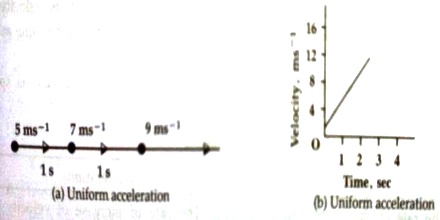
The uniform acceleration of a body is 10 ms-2 means that the velocity of the body changes in each second by 10 ms-1 in the same direction.
Example:
A car was travelling at a speed of 19.4 m/s, the driver saw a rabbit on the road and slammed on the breaks. After 6.0 seconds the car came to a halt, how far did the car travel from the point where the brakes were first pressed to the point where the car stopped?
We are given:
Vi = 19.4 m/s and Vf = 0 km/h
t = 6s and d = ?
Our formula for distance is d = 1/2 ( Vf + Vi) × t
d = 1/2 (19.4 + 0) × 6
d = 58.332
The car stopped after 58 metres.
